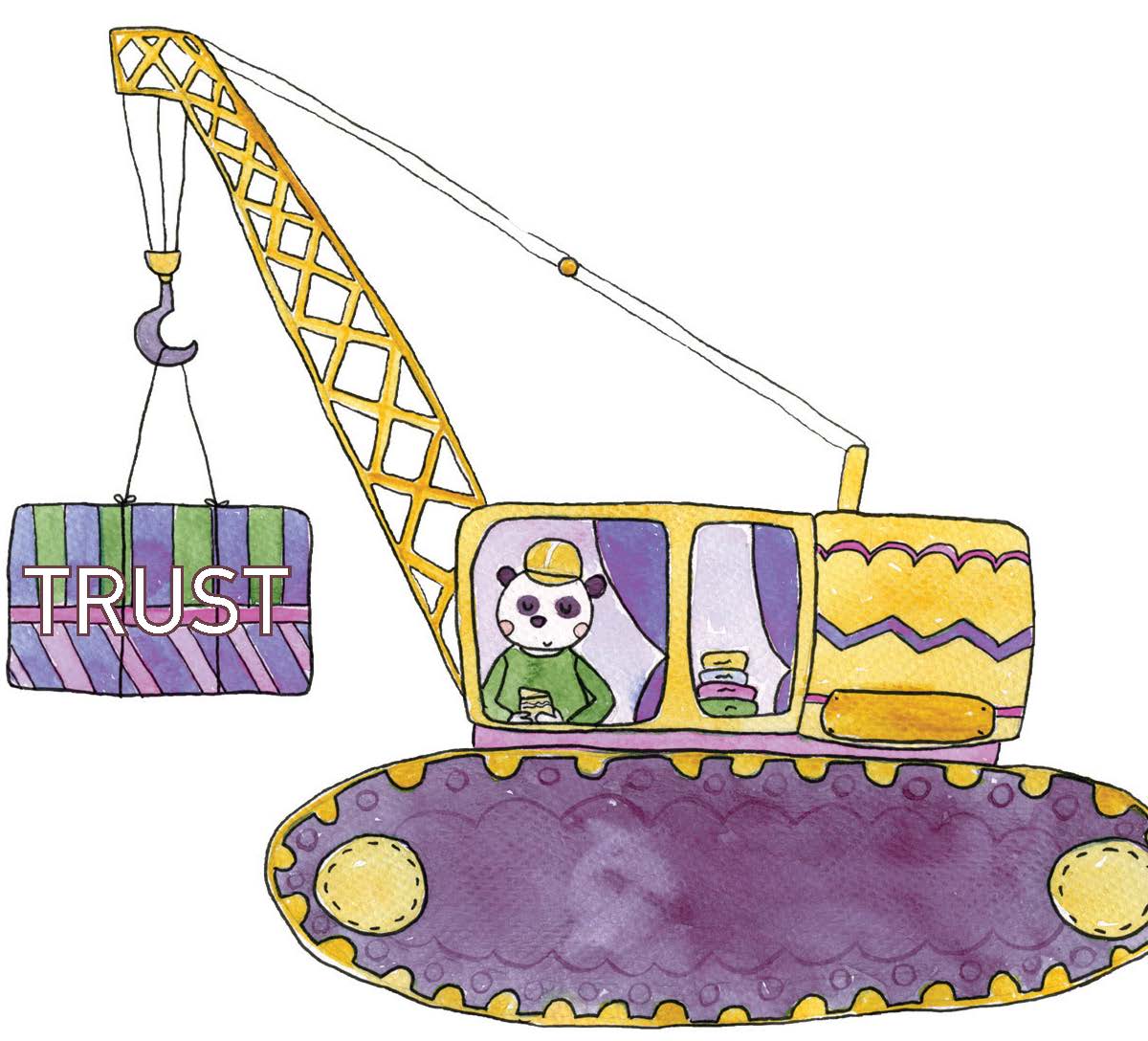Recognizing Burden Transfer: Is the Stress of Burdened Clients Affecting You? Learn What You Can Do
by Maureen Blaney Flietner
YOUR CLIENT IS STRESSED BY THE CHALLENGES of caring for their ailing pet. But what if their stress turns outward and they call frequently, get angry, or are demanding, anxious, or indecisive? What can you do? How do you react?
A new study suggests that clients overburdened with pet caregiving can cause a stress dubbed “burden transfer,” and how a veterinarian reacts to such behaviors is a good predictor of their own stress and burnout.
So what’s a veterinary hospital to do? We asked two of the study’s coauthors and others for their perspectives.
Interestingly, the study, published January 1 in the Journal of the American Veterinary Medical Association, was undertaken because the lead author, Mary Beth Spitznagel, PhD, was wondering about her own behaviors as a worried pet owner.
When her dog Allo was diagnosed with transitional cell carcinoma of the bladder, Spitznagel found that her stress was making her hypervigilant. Any perceived change in her dog prompted her to call Allo’s veterinarian, Mark Carlson, DVM, at Stow Kent Animal Hospital in Kent, Ohio, with questions.
From her work with dementia patients and their families in the Department of Psychological Sciences at Ohio’s Kent State University, Spitznagel was aware that those with greater burdens tended to need extra support. She was curious if her frequent calls to Carlson were common. Did other stressed-out owners of sick pets also call more often? How did those calls affect Carlson? So, she asked him.

Mary Beth Spitznagel, PhD, with her dog, Marty. Photo credit John Akamatsu.
Discovering a Connection
“It prompted us to delve into the realm of client-caregiver burden,” explained Carlson, a coauthor of the study. “We talked about the higher communication needs for clients with a sick pet because time spent returning extra phone calls can add up at the end of the day. We wondered if the extra communication was just because the pet was sick or if it could also be due to client burden. That led directly to us looking at how client burden affects the DVM.”
The pair, along with coauthors Yossef S. Ben-Porath, PhD; Mark Rishniw, PhD; and Lori R. Kogan, PhD, asked practicing veterinarians to list stressful client behaviors. From that list, a Burden Transfer Inventory (BTI) of 34 behaviors was created. Those behaviors were then rated by 1,151 veterinarians, recruited through the Veterinary Information Network for frequency of and their reactions to the behaviors.
In the third part of the study, 372 owners of dogs and cats with serious illnesses were surveyed to find out how frequently they engaged in each behavior. Fortunately for the study, said Spitznagel, the owners were willing to admit to some questionable behaviors.
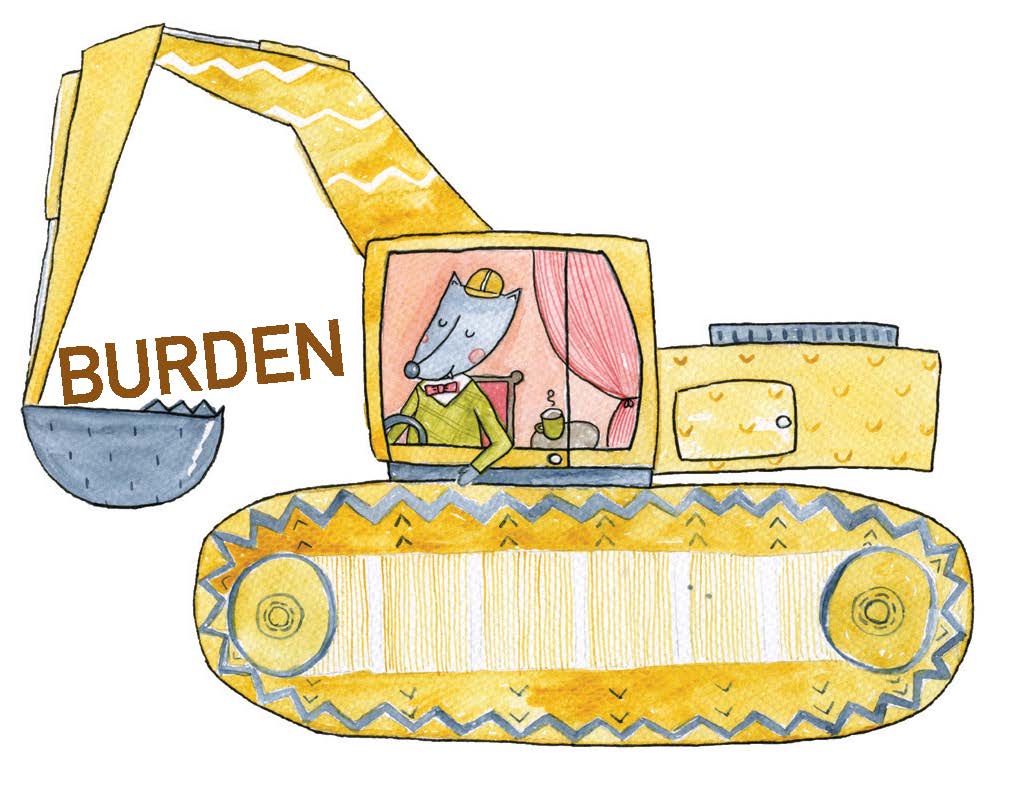
“Burden transfer views the client’s behavior as a product of caregiver burden and examines how those behaviors in turn impact the veterinarian.”
—Mary Beth Spitznagel, PhD, Kent State University
The result: The completed surveys suggested that burden transfer can be a stressor for veterinarians, and it’s different from moral distress and compassion fatigue.
“Burden transfer views the client’s behavior as a product of caregiver burden and examines how that behavior then impacts the veterinarian,” explained Spitznagel.
It’s different from compassion fatigue, when you are just going through the motions, burned out from caring so much for so long. It’s also different from moral distress, when you can’t take the action you believe to be right or moral, such as, for example, when owners opt for euthanasia when treatments could work.
Christopher M. Fulkerson, DVM, DACVIM (Oncology), MS, a clinical assistant professor of veterinary medical oncology at Purdue University College of Veterinary Medicine’s AAHA-accredited veterinary teaching hospital in West Lafayette, Indiana, said he thinks that having names for these different phenomena will be helpful for veterinarians who will recognize them in their daily practice.
“I can definitely think of clients [who] test our limits with emails at all times of the day. This is clearly an example of burden transfer and may be a reflection of a client [who] is experiencing a high level of caregiver burden,” he said.
Recognizing the Behaviors
The stress and strain of a client’s caregiver burden can become evident in many ways. The study’s inventory lists behaviors that may sound familiar:
- wants a diagnosis without testing
- blames you for poor outcome
- requires repeated communication
- declines recommended workup
- complains about cost
- complains about your workplace
- is unwilling to pay
Dana Jacobson, DVM, at AAHA-accredited Metropolitan Veterinary Hospital in Copley, Ohio, said she remembers from her general practice days going to work in the morning and trying to contact clients who had called since her last shift.
“But I almost never finished making phone calls before appointments started for the day,” she said. “Then, because calls don’t stop coming in and I rarely had time to return calls during the workday, the new calls for the day would accumulate, resulting in returning calls after the conclusion of the day’s appointments. The routine would begin all over again the next morning.”

Dana Jacobson, DVM, sees a lot of anxious clients at her emergency practice. Photo courtesy of Dana Jacobson.
Now, working in emergency medicine, Jacobson said the client behaviors continue.
“Clients usually don’t anticipate bringing their pet to the ER and thus tend to be more anxious,” she explained. “There is also more euthanasia counseling with emergency medicine due to the severity of the conditions we see. It is imperative to establish an immediate relationship and rapidly create trust, but this is difficult because clients don’t know us before they are thrust into an unexpected situation. Clients also may not anticipate the emergency bills and financial decisions involved with their acutely sick pet, potentially leading to more ‘confrontation’ than in other settings.”
One of the most frequent and stressful client behaviors Fulkerson said he sees is impatience with receptionists and the nursing staff.
“Unfortunately, it is not uncommon for a client to raise their voice or become agitated when dealing with these staff members,” said Fulkerson. “These issues most commonly involve something taking longer than the client expects—a doctor is tied up in a procedure and delayed in getting into the exam room, a test result is taking longer than expected, or they are used to 15-minute wellness visits as opposed to an all-day, extensive diagnostic workup. These types of interactions can be really demoralizing for the whole team, especially when much of the things that delay us in the clinic are beyond our control.”
“As an academic veterinarian responsible for training students, interns, and residents, I try to keep an eye on the whole team and check in when it seems like someone might be experiencing any of these scenarios. Again, having a name for it can make it easier to process and move on,” Fulkerson said.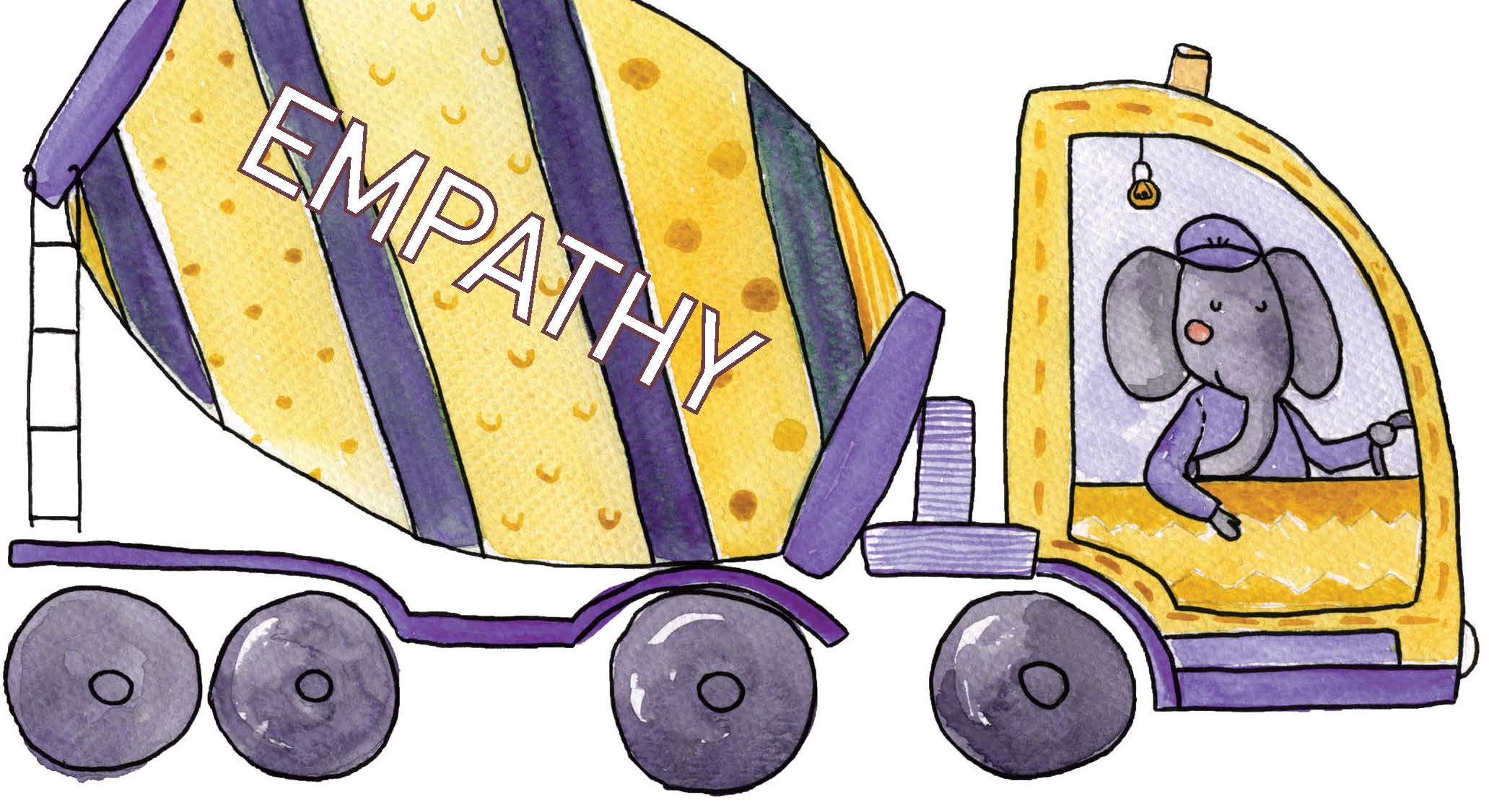
“When these situations occur, we usually discuss them with the students, trainees, and all members of our staff to try to process why they happened. I think most of these interactions boil down to owners being thrust into a difficult situation where they have no control, and they are scared for their pet just like they’d be scared for a loved one.”
Caregiver burden is something Fulkerson himself experienced firsthand over the past year. After diagnosing lymphoma in pets who belonged to his mom and his mother-in-law, he said that his mother-in-law’s dog lived with him for part of her treatment, “and it certainly weighed on us during that time.”
Reducing Their Burden; Reducing Your Own
What is a veterinary hospital to do?
For Carlson, a big takeaway from the research was that a better understanding of what clients are experiencing may improve communication, treatment outcomes, and veterinarian satisfaction as well as client satisfaction with the veterinarian.
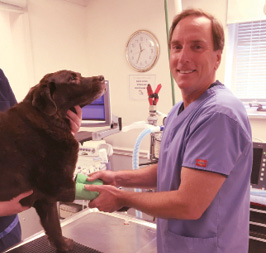
Mark Carlson, DVM, at Stow Kent Animal Hospital in Kent, Ohio. Photo courtesy of Mark Carlson.
Client-caregiver burden might be reduced by acknowledging the client’s feelings of burden, educating them about their pet’s disease, creating a treatment plan in collaboration with the client, and helping them solve small problems in caring for their pet, said Carlson. He also suggested that clients might also be directed to the study team’s science blog, petcaregiverburden.com.
Spitznagel said that she thinks the study results do argue for using a relationship-centered approach during problem-related visits.
“When a pet is sick, it is not unusual for the veterinarian to take a biomedically focused approach,” she noted. “But we know that client adherence to a treatment plan is better when a collaborative and relationship-centered approach is used.”
Jacobson said she is convinced that burden transfer impacts not only veterinarians but also technicians, assistants, and receptionists, and thinks burden transfer could be reduced as veterinarians become more aware of the issue.
“Understanding the concept of burden transfer will allow us to approach and assess situations differently,” she said. “Increasing our empathy and subsequently gaining even more trust from the client might help reduce burden transfer.”
While caregiver burden as a named phenomenon is new in veterinary medicine, Fulkerson said he thinks that many veterinarians have developed strategies to reduce client stress even if they didn't know what to call it. He said he tries to make his treatment plans straightforward and clear with owners, for example, so they understand the goals of therapy and don’t worry all the time.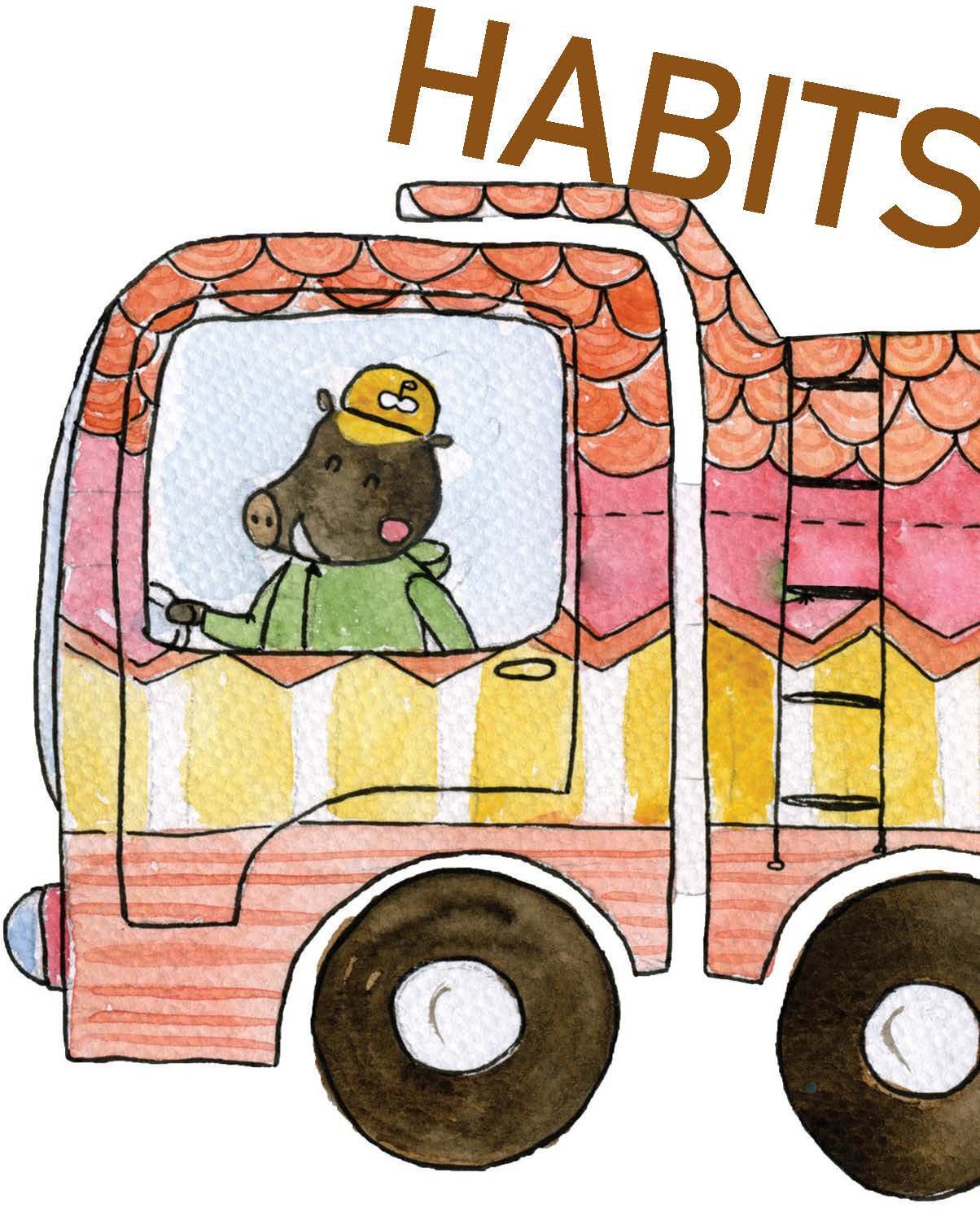
“Many owners just need someone to talk to,” said Fulkerson. “Their families may not understand why they're spending so much money on their pet. Coworkers may not understand why they need to be late to work once a week. Sometimes the pet is the last thing that connects an owner to a loved one who has passed on. At times, having frank and honest discussions with clients in no-right-answer situations can be helpful for both parties.”
Learning to Change Your Reactions
“We really don’t know all of the factors that contribute to veterinarians’ well-documented increased risk of suicide compared to the general public and other healthcare providers,” Fulkerson noted, “but negative client interactions seem to play a role. Investigating these psychosocial aspects of caring for pets may provide us with insights that help not only pet owners but the whole veterinary team.”
Spitznagel said she hopes the findings and the BTI will lead veterinarians to think about the sources of their own stress and burnout. While it may happen in response to client interactions, it doesn’t mean that these client interactions necessarily need to be stressful, she noted.

Mary Beth Spitznagel, PhD, (right) interviewed many pet owners for a new study on burden transfer. Photo credit Kent State University.
But can a person change their reactions?
Reactions to certain situations are learned behaviors, explained Jen Brandt, LISW-S, PhD, director of wellbeing and diversity initiatives with the American Veterinary Medical Association. They are often a function of habits formed over time through repeated interactions. Most people tend to keep the habits developed early on because they are familiar—even if no longer effective.
“But the great news,” said Brandt, “is that based on our current understanding of the brain’s neuroplasticity, humans are capable of changing old patterns of behavior and replacing them with new ones. When it comes to changing our behavioral responses to client interactions, we absolutely can develop new habits when the old habits aren’t producing the results we want.”
The challenge, said Brandt, is that gaining insight and perspectives into long-standing patterns of behavior can be difficult, so people default to “you can’t teach old dogs new tricks” thinking.
“But old dogs absolutely can learn new tricks. The key is having the willingness and capacity to try and the appropriate guidance, structure, and support for doing so effectively,” she explained.

Jen Brandt, LISW-S, PhD, director of wellbeing and diversity initiatives with the
American Veterinary
Medical Association.
Photo courtesy of Jen Brandt.
A good first step, she suggested, is to “identify the conflict triggers or ‘conflict hooks’ that have the greatest impact on our brain states and then develop ways to manage those triggers, such as taking a time-out or doing deep breathing.”
“It’s not so much about never feeling stressed,” said Brandt. “After all, some stress is good for us. It’s more about learning how to get our brains back online more quickly and engage in behaviors that are consistent with our values once we experience a triggering event.”
Spitznagel suggested that the study’s BTI might be put to best use by an allied mental health professional working with a veterinarian who is experiencing significant distress.
“We are working on an abbreviated form of our measure and pilot testing educational sessions that we hope will help veterinarians and veterinary personnel reduce their own reactivity to difficult client interactions.”
Education in veterinary medicine treats stress reduction and client communications as separate topics, she noted. Based on the burden transfer research, Spitznagel suggested it could be useful to address these in combination—specifically, how veterinarians can reduce their own reactivity to difficult client interactions.
Ready for more? Subscribe now!
 |
Maureen Blaney Flietner is an award-winning freelance writer living in Wisconsin. |





